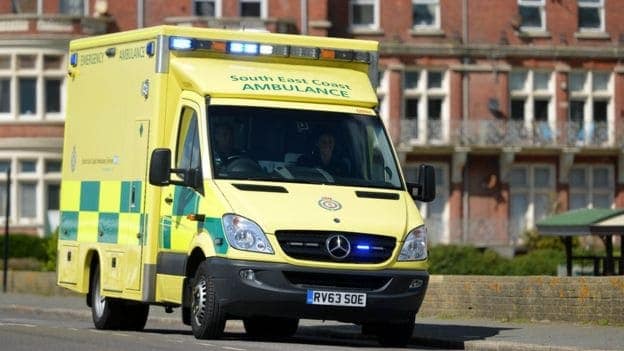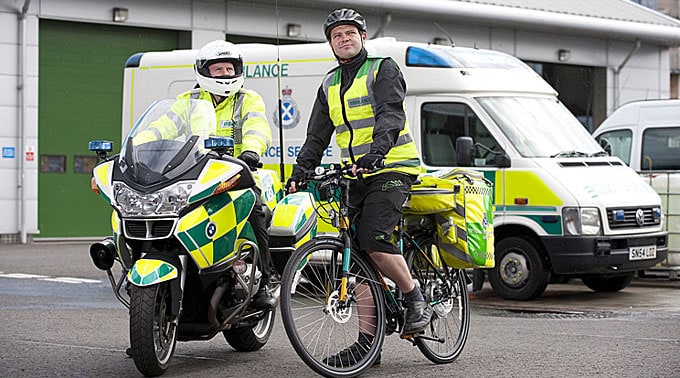
New Make Ready Centre to begin operations
Tangmere Make Ready Centre Ambulance crews will begin operating out of South East Coast Ambulance Service’s (SECAmb’s) newest Make Ready Centre in Tangmere, near Chichester, West Sussex, next week.
A phased opening will see the first crews begin to report to the new centre on the Chichester Business Park on Tuesday 9 August. From Tuesday, staff from Midhurst and Pulborough will begin their shifts from the new centre with crews from Bognor Regis and Chichester ambulance stations joining their colleagues on Wednesday 10 August and Thursday 11 August respectively.
SECAmb’s Make Ready system minimises the risk of cross-infection; frees up front-line staff, who historically have cleaned and re-stocked ambulances, to spend more time treating patients; and keeps vehicles on the road for longer. Specially-trained operatives regularly deep-clean, restock and check vehicles for mechanical faults.
While ambulance staff will start and end their shifts from the new centre the service provided to the region will be maintained with a number of dedicated Ambulance Community Response Posts, (ACRPs). Shifts will also begin and end on a staggered basis to ensure that ambulance cover is maintained in all areas served by the new centre.
Midhurst Ambulance Station is being marketed for sale with the option for part of the site to be retained by SECAmb as a response post. There will be a new response post at a site in Pulborough and in Bognor Regis and Chichester the Trust will move from having one ambulance station in each town to two response posts, thereby giving it greater spread of cover. Crews will continue to use Chichester and Bognor stations while the additional response posts are commissioned. The Trust will also continue to explore other potential sites across its region for additional response posts based on patient demand.
The introduction of Make Ready means that the Trust does not require large stations in which to store equipment and restock and maintain vehicles. In addition crews will no longer have to clean and restock their own vehicles thereby taking them away from their main patient care duties. The new centre will also provide modern training and meeting facilities.
SECAmb Paramedic and Operating Unit Manager Lorna Stuart said: “A huge amount of work has taken place prior to the new centre becoming operational and we’re looking forward to the first crews entering the new system. This way of working ensures we have a system in place where our staff are spending more time doing the job they are trained to do – treating patients.
“The aim is to minimise the time when crews are not available to respond to patients. Crews will still respond from the same towns under this system but will begin and end their shifts at staggered times at the new centre with a vehicle prepared for them that is fully operational. The facilities that the new centre provides will also ensure crews have access to improved training opportunities and increased support from management.”
SECAmb has already developed three purpose-built Make Ready centres in Ashford and Paddock Wood in Kent and in Crawley, West Sussex. It also has Make Ready Centres in Chertsey, Hastings and Thanet. Another centre is due to open in Polegate, East Sussex later this year with a further planned for Brighton.
What is Make Ready?
The Make Ready initiative significantly enhances and improves the service SECAmb provides to the community.
It minimises the risk of cross-infection; frees up front-line staff, who currently clean and re-stock ambulances, to spend more time treating patients; and keeps vehicles on the road for longer.
The initiative ensures that specially-trained operatives regularly deep-clean, restock and check vehicles for mechanical faults.
Make Ready Centres are supported by a network of ambulance community responses posts (ACRPs) across the area with staff beginning and ending their shifts at the new centre.
During their shifts, staff will respond from the ACRPs which will provide facilities for staff. These are located based on patient demand.








You must be logged in to post a comment.